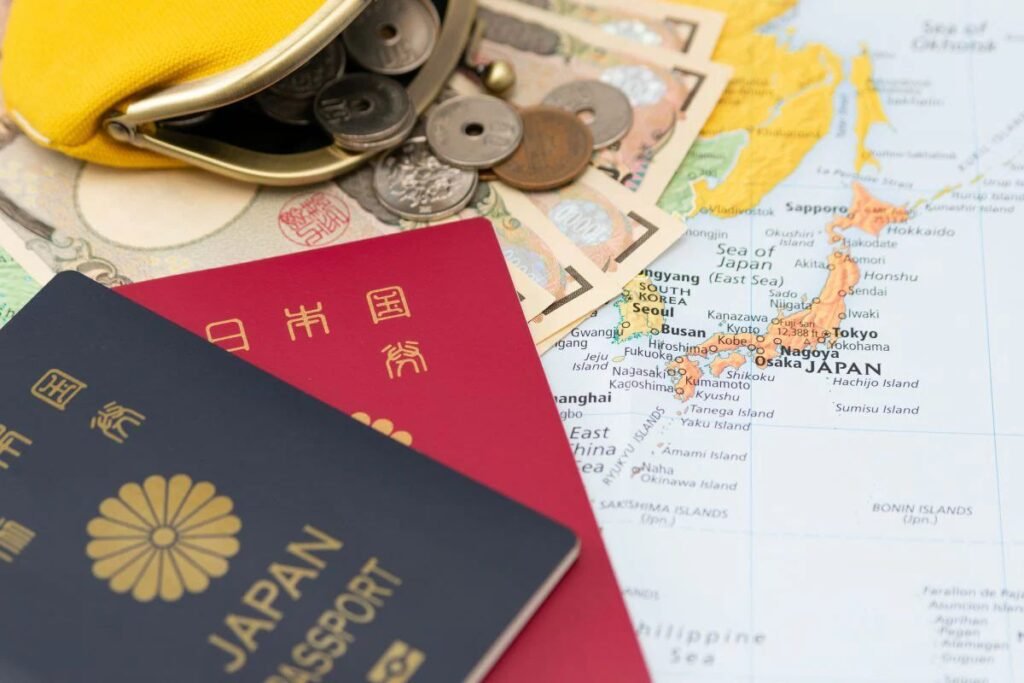On Friday, the Japanese government expanded its foreign skilled worker visa program by including four additional industries. This initiative aims to tackle the country’s shortage of drivers by granting more individuals the opportunity to stay for up to five years.

Japan is currently grappling with a labour shortage caused by a decline in its birth rate, particularly in the transportation and logistics sectors. This issue is anticipated to worsen due to the introduction of new restrictions on overtime hours for drivers, referred to as the “2024 problem,” starting in April.
In order to tackle these challenges, Japan intends to welcome a maximum of 820,000 skilled foreign workers under its skilled worker visa program within the next five fiscal years. This figure is more than double the previous estimate. To facilitate the entry of skilled foreigners, the government plans to revise relevant regulations, including those set by the Justice Ministry, and will seek public input on the matter.
Certified companies in the road transportation sector are open to accepting skilled foreigners as drivers of buses, taxis, and trucks. However, it is important to note that these drivers must meet the stringent requirement of passing the N3 level of the Japanese Language Proficiency Test. This requirement is in place to ensure effective communication with passengers, making it more demanding compared to other sectors.
Similarly, in the railway sector, skilled workers have the opportunity to be accepted for various roles. These roles include train car manufacturing, track maintenance, as well as positions such as drivers, conductors, and station staff.
Furthermore, the manufacturing industry has been expanded to include operations related to textiles, iron and steel, and printing, which are already encompassed by the program.
Foreigners holding the No. 1 visa are required to demonstrate both professional expertise and proficiency in the Japanese language in order to commence work immediately. On the other hand, the No. 2 visa offers unlimited renewals, paving the way for permanent residency, and also allows workers to bring their families along to Japan.
As per the latest data from the Immigration Services Agency of Japan, as of December 2023, there were approximately 208,000 individuals in the country holding the No. 1 visa, while the number of individuals with the No. 2 visa stood at 37.

